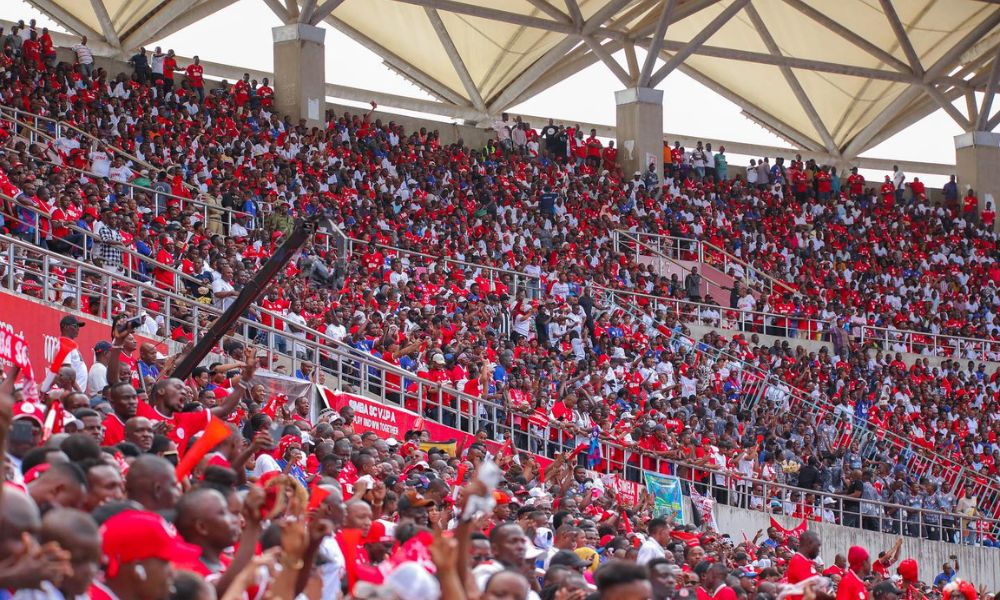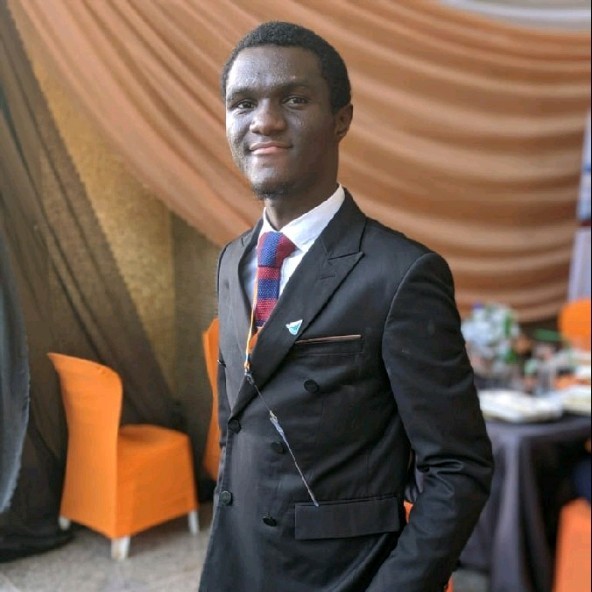SPORTS MANUFACTURING AND THE AFRICA CONTINENTAL FREE TRADE AREA: A MECHANISM FOR GROWTH
Stephen Ojo
August 10, 2021

Sports manufacturing activities which involve the production of sporting goods is a whole industry that is waiting to be explored and more so, under the AfCFTA. It is against this backdrop that this article shall seek to explain the role sports manufacturing plays in the economic growth of Africa un
The African Continental Free Trade Area Agreement (AfCFTA) was birthed as result of the agenda 2063 and it was launched on the 7th of July, 2019, in which the central aim is to create a single market for goods, services, facilitated by movement of persons in order to deepen the economic integration of the African continent and in accordance with the Pan African vision of an integrated, prosperous and peaceful Africa enshrined in Agenda 2063 (Article 3 of the AfCFTA)
Globally, the sports industry is valued at about USD440.77 billion but in the African context, only 0.5% of the African Gross Domestic Product (GDP) is accounted for by the sports industry. As a continent that has a median age of 19, the question then is, how can the establishment of the AfCFTA lead to an increase in sports manufacturing/trade activities amongst member countries and which in turn, will see sports have a higher contribution to Africa's GDP?
Sports manufacturing activities which involve the production of sporting goods is a whole industry that is waiting to be explored and more so, under the AfCFTA. It is against this backdrop that this article shall seek to explain the role sports manufacturing plays in the economic growth of Africa under the AfCFTA.
PROSPECT OF SPORTS MANUFACTURING IN AFRICA
To understand the potential effect of sports manufacturing in Africa, it was reported in 2018 that the sector of production of sporting goods generated a value added of 2Billion Euros and the sector's turnover was around 6Billion Euros. The European Union (EU) is a regional integration scheme like the AfCFTA, in which the EU consists of 27 member countries as against the AfCFTA 36 member countries that have as at time of writing, signed, ratified and deposited the instrument of ratification, and the population of EU as at 2018 was estimated to be at 746.4 million as against Africa's 1.216 billion in 2016.
The above statistics goes to show the prospect of sports manufacturing in Africa under a regional integration scheme like the AfCFTA, as Africa has a larger market to explore. However, this assertion is marred by certain barriers and limitations that exist and especially with an industry like sports, the ecosystem for sports manufacturing will have to create solutions for certain challenges that makes intra-African trading in sporting goods manufactured here, difficult.
CHALLENGES FOR SPORTS MANUFACTURING IN AFRICA (STAKEHOLDERS PERSPECTIVE)
Lack of Distribution Channels to facilitate Intra-Africa Trading: Presently, intra-Africa trade amounts to only 22% of Africa's trade, while Africa's export to the rest of the world amounts to only 15% of African trade. One of the main obstacles to the increase in intra-Africa trade is the lack of distribution channels for traders to get across countries in Africa, as according to Mr Ugo Udezue, Founder of AFA Sportswear company, in an interview with Aljazeera said that:
"It is easier to ship from Lagos to London than it is from Lagos to Nairobi, Kenya"
The lack of a distribution channel can be due to lack of a clearly defined channel which will aid easy movement of goods across borders or due to high tariffs imposed by countries in Africa and all of these are things the AfCFTA is established to solve.
Resources and Expertise Challenges: The production of sporting goods requires a mixture of materials that are not easily available here in Africa and which in most cases, will require the importation of these materials from foreign countries. This process of importation of foreign materials creates a problem of increase in prices of sporting goods compared to foreign made sporting goods. Also, there are certain aspects of manufacturing that might require the input of foreign expertise to guarantee quality, and this in itself presents a unique problem of Rules of Origin under the AfCFTA.
In an interview with the World Intellectual Property Organisation, Navalayo Osembo-Ombati, Founder of Sports shoe making company called Enda, stated that some parts required for the production of their sports shoes are imported from China and that their partners in China regularly come to Kenya to train Enda staffs in certain areas that they lack expertise in and an example is in the area of mixing and handling of chemicals.
Financial Challenges: This is a major challenge for Sporting goods manufacturers in Africa as access to finance is a major hindrance towards the establishment of a sports manufacturing business in Africa. African entrepreneurs have been able to be creative about this, as Enda had to rely on a Kickstarter crowd-funding campaign to be able to launch their first shoe called Iten in 2017 and it took the liquidation of Mr Ugo Udezue's personal savings and the selling of some of his assets in order to get AFA Sports to where it is today, in which, AFA sports recently became the first indigenous African kit partner at the Olympics.
Other challenges include: language barrier & cultural diversity.
RECOMMENDATIONS/CONCLUSION
The above problems can be cured because of the integration of African trading through the AfCFTA. Countries under this agreement are required to collaborate with one another to create a trading environment that will be favourable to African entrepreneurs and in this case, sports entrepreneurs. In addition to the establishment of the AfCFTA, the promotion of a scheme like factoring and the establishment of sports structural funds will go a long way to empower Sports entrepreneurs in Africa to overcome the financial challenges attached to the manufacturing of sporting goods.
Essentially, we envisage a regional sporting event where majority of the athletes are kitted by an African sportswear company like AFA sports, their shoes by a shoe company like Enda, the competition ball by Alive and Kicking and every other sports equipment produced and supplied by an indigenous sports company. The outcome of the above stated scenario is one that will ensure a massive boost of Africa's trading income, because of the consumption of indigenous sporting goods by Africans.
September 9th, 2021, at 12pm BST we have our next event on Sports Manufacturing, Register Here:
https://asunified.com/events/sports-manufacturing-the-afcfta-a-mechanism-for-growth
Related Posts




